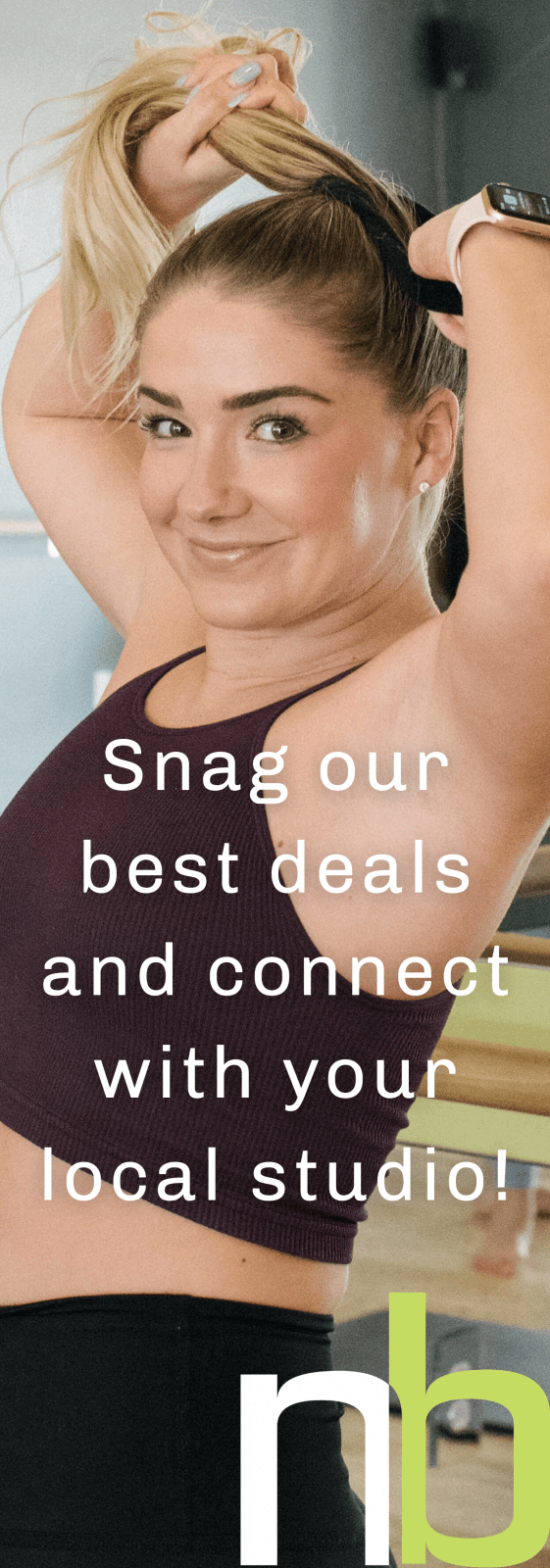How To Fit Fitness Into Your Budget
“This is the year I’m going to be a runner! I’ll get in some extra Vitamin D, a free cardio workout, and sunbathe while I’m at it, bonus!” Spends $200 on shoes. Runs 2 miles. Never runs again.
Google searches local gyms. “This one is $40/month, definitely affordable.” Makes new music mix, buys cute new Lulemon leggings. Walks in, awkwardly sits on a couple of machines. Does a few crouching squats in the corner, cuz there’s 2 creepy guys staring at you. Doesn’t go back.
Sees everyone bragging on Instagram about doing this 12 week app program. DMs friend. “Let’s sign up together, and keep each other accountable!” Signs up. Does one at-home workout, skipping through the harder parts, and taking a little too many water breaks without pausing the app. Texts friend, “I’m gonna start doing this every morning.” Does one more time. Forgets to cancel the app for 6 months.

Sound all-too familiar? Why is it we’re always trying to take the “cheap” way out on our health? We’re willing to pay an immeasurable amount to feel better when we become ill, but we’re not willing to spend anything when we’re in ‘good’ health. Part of sticking with a fitness routine is for sure finding a workout style you actually enjoy. But most often when money is tight, we tend to cut out fitness, or take the free or cheap route, all the while still grabbing our $6 nut milk lattes and $13 lunch salads 3-4 x’s a week.
Why don’t we cut out some of the salads and lattes instead? Most likely because there’s a social element involved. An important aspect of being financially savvy is being honest with yourself about where you enjoy spending money. So to get the most bang for your fitness buck, your formula should essentially follow the same model – social, scheduled, and paid.
Similar to many other things in life, you just can’t be forced to like something that you have no interest in, regardless of its financial, social, or health benefit. On the flip side, when you find an exercise that you genuinely enjoyed, you’re much more likely to push through the numerous excuses your brain will throw at you to skip exercise (hungry, sweatpants, Netflix, etc.) and actually commit to it. In reality, the costs associated with these activities is secondary to the fun you’re having while doing them (aka the social element), and that’s a huge factor in keeping you dedicated a routine (i.e. the scheduled part)
.
Behavior modification works the same for both our money and our fitness. It’s a mental shift and a lifestyle change. Cutting back on your spending and saving more is not a far cry from cutting back on your calories and sweating more. So how do you decide which fitness studio will work for your budget?
- Review the class schedule: Are there enough classes for you to reasonably attend in your free time? Make sure the studio also has variety, either in class offerings or within the exercises, to keep your interest level long-term.
- Check the studio policy on cancellations: Make sure there’s a reasonable amount of time to cancel your class, and late cancellation charges are in-line with your expectations. Ask about membership cancellation fees and policies so you’re aware of those terms.
- Balance cost with your likelihood of attendance: Map out a schedule and gauge how often you’ll attend, and automatically subtract one from that weekly average, because you’re human and life happens 🙂 You should do this because you’ll want to base your attendance off of what you’ll likely attend, versus what you want to attend. Once you have that number, look at the breakdown of packages, based off a per-class cost. If you’re going to attend 3 – 5 times/week, you’ll easily get the best value with an unlimited package. If you will only attend 1 – 2 times/week, you may be better off looking at a larger Class Card or Pack, like a 20 Class pack, and pay a comparable per-class average more in-line to the unlimited breakdown, but not be penalized with the 30 day expiration.
- Opt-in to promotional offers: Many studios offer specials, either for a few different clientele groups (like teachers, students, seniors, corporate partners, etc.), or a few times a year (around the business’ birthday, black friday, seasonal sales, etc.). You’ll be in the know on these offers by following their social outlets and signing up for promotional offers via text or email.
- Don’t cancel, re-evaluate: If you find a couple months into your membership that your attendance falters, don’t outright cancel. Ask the studio to help you find an alternate package option. There are plenty out-of-the-box options that your local studio manager can customize for your budget and attendance, perhaps one of the biggest perks to working with a niche studio, versus big box gym. Sometimes account freezes are also available for extenuating circumstances. The point is to have a conversation and explore your options first.
- Sweaty, social hour: You don’t have to pick one, or the other – combine! Most of your friends wouldn’t turn down a studio hang-out, for social hour. It would be considerably less than dinner and drinks, and a lot of studios host fun, themed classes for you to take advantage of, for usually little-to-no additional cost (like wine-down Wednesday, boys at the barre, sip and shop, barre and brunch, etc.). A $20 barre tab > than a $50 bar tab!



